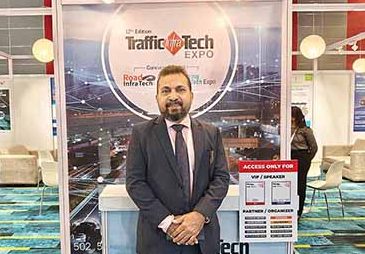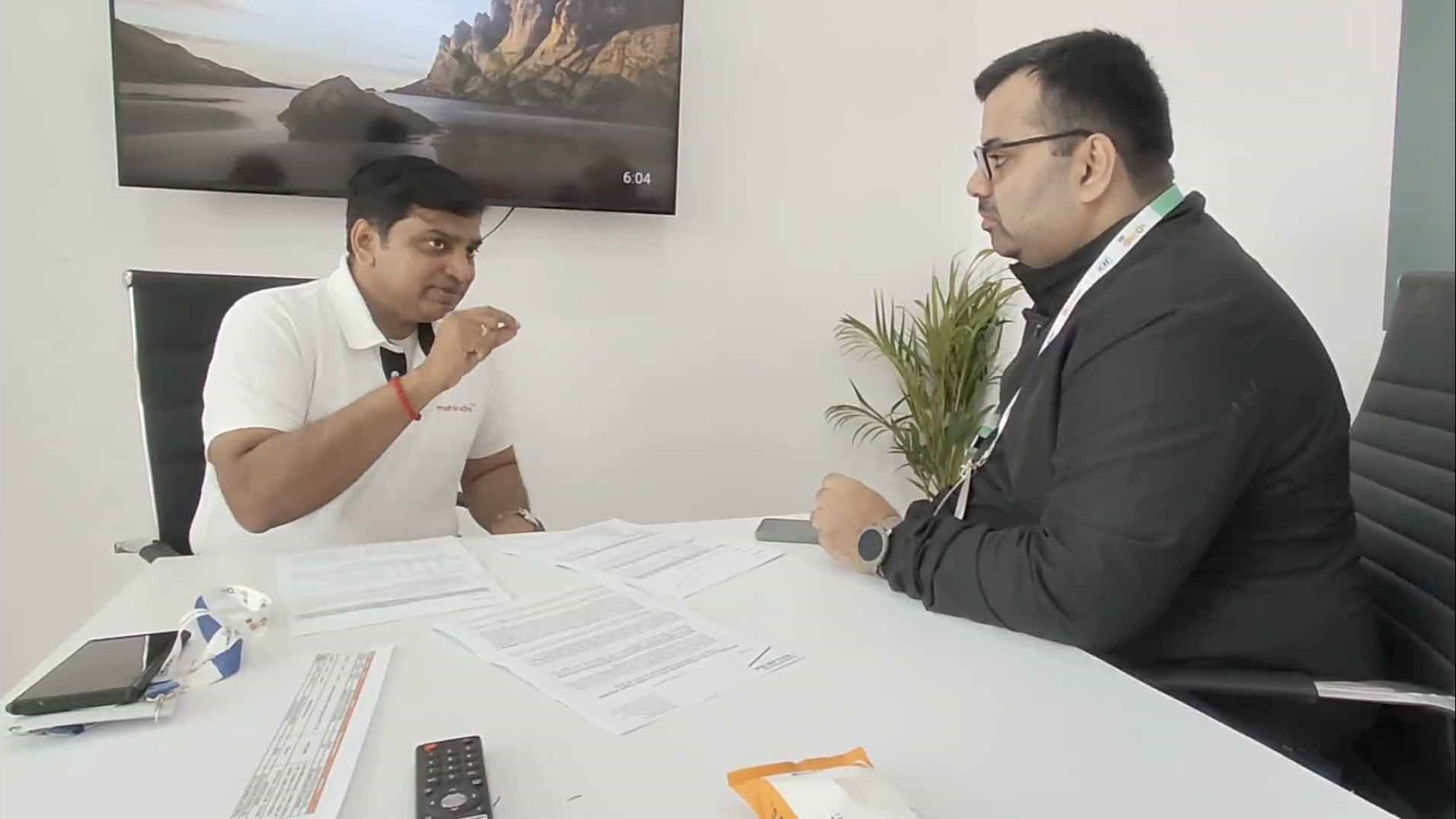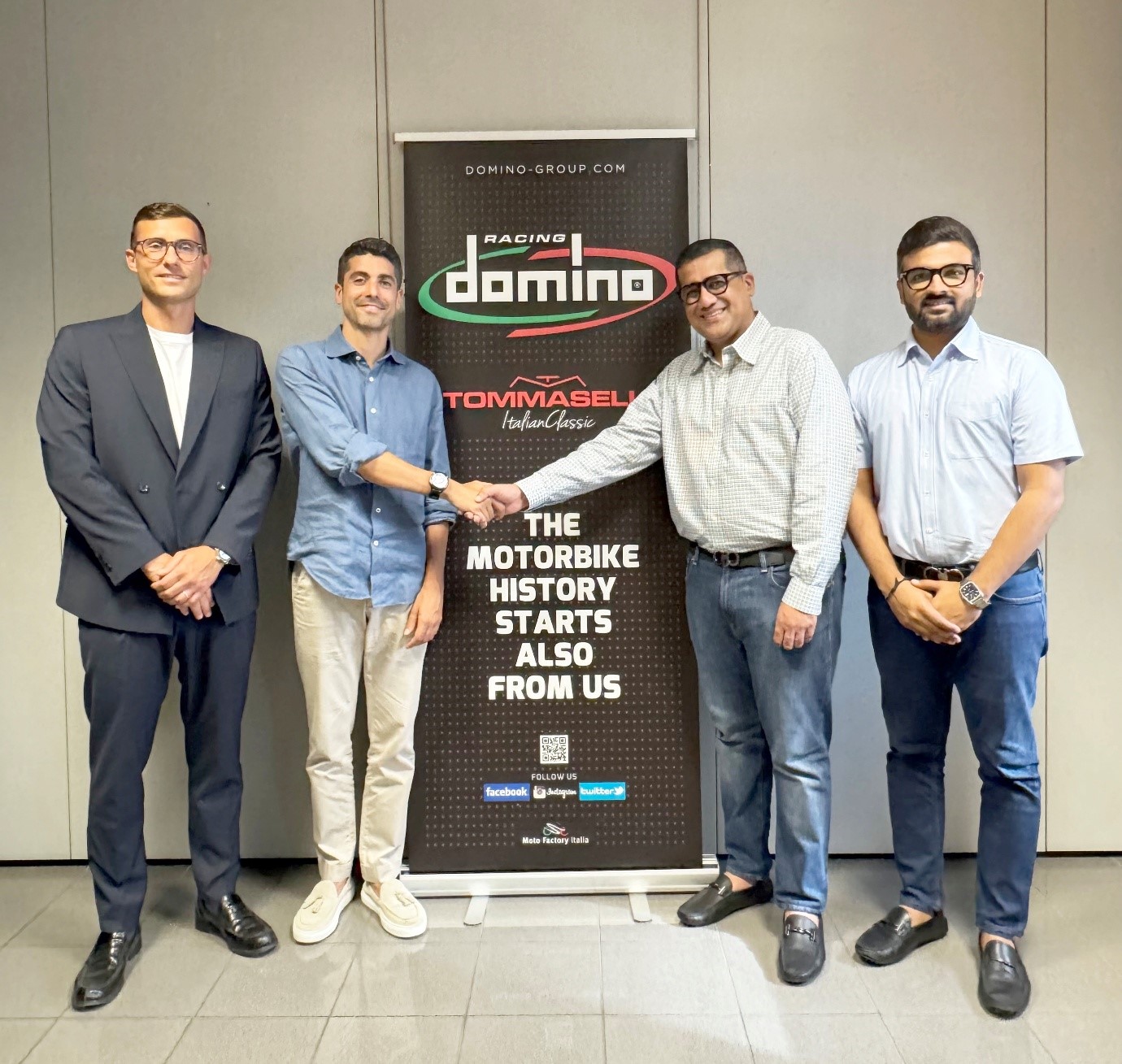
Interaction with Naynish Kulkarni, Associate Director, Mobility Practice, Frost & Sullivan and Vivekananda Bhat, Industry Manager, Manufacturing & Process consulting practice, Frost & Sullivan
Interview by: Deven Lad
Q. Has the pandemic put off the targets for SDGs 2030 in the near term given the existential crisis for businesses?
Vivekananda: Covid-19 has stalled the developmental activities across the world. The impact of this pandemic will be long-lasting, influencing all spheres of human lives and slowing all developmental activities including, ambitious and aspirational Sustainable Development Goals (SDGs). Covid-19 had negatively affected several goals including, SDG 1 (no poverty), SDG 2 (zero hunger), SDG 3 (good health and wellbeing), SDG 8 (decent work and economic growth), and SDG 10 (reduced inequalities). At the same time, the pandemic had brought temporary relief in areas related to SDG 12 (responsible consumption and production), SDG 13 (climate action), SDG 14 (life below water), and SDG 15 (life on land) with short-term gains.
Q.How has it impacted the automotive industry under the broad spectrum of energy that you oversee across the environment, engineering and manufacturing goals?
Naynish: There was no impact on the environment and engineering goals. OEMs are still launching new vehicles and showcasing engineering capabilities. However, there is an impact on manufacturing goals. Vehicle production has taken a big hit due to Covid-19. It is estimated that vehicle production will be half, compared to FY20. The commercial vehicle segment and the passenger vehicle segment have been highly impacted. Also, component manufacturers are not operating at their full manufacturing capacity. They are operating at about 40-50 per cent. A rise in Covid-19 cases in certain areas (auto hubs) makes it difficult for component manufacturers to even operate at reduced levels. They also have to shut down locations with positive cases, which is directly impacting their manufacturing goals.
Q. Having assessed and benchmarked the best practices, what are the emerging trends over the last year? Would you say these have a shelf life again with companies required to go back to the drawing board?
Vivekananda: We could see companies ambitiously working on reducing Scope 3 emissions, achieving water positivity, using more renewable energy, and enhancing stakeholder engagements. Despite the impact of Covid-19, this is likely to continue as most of the companies realised that the responsible utilisation of natural resources and creating a positive difference in the society needs to be an integral part of their business strategy.
Q. How do you find the Government intervention to drive recovery in the automotive sector (including a focus on MSME) looking at the pandemic impacted quarter? How does India compare among other Asian countries in hindsight?
Naynish: There has been no separate policy or initiative to drive the auto sector recovery. However, the current economic package will bring much-needed relief to several stressed sectors and industries as a significant proportion of the industries in the auto component sector are MSME. The impact of Covid-19 on India and other Asian countries has been similar. The pandemic has been a bane to vehicle producers in Asia, but the industry’s reaction is just the tip of a supply chain disruption as heightened demand reduction of components such as steel coils and foams are in the offing. A bigger impact on the Indian automotive sector will be felt with the imports. Raw materials like steel plates, foams, and polypropylene, and finished products like electronic components are all imported from other countries.
Q. Do you foresee consolidation or a higher degree of collaboration in the automotive supply chains?
Naynish: It is difficult to comment on the short term impact, but in the long run, consolidation is definitely on the cards. Effective collaboration with supply chain partners requires organisations to share valuable information in real-time (which may or may not be a comfortable option for manufacturers). Consolidation requires joint planning, process redesigning, as well as sharing some level of risk and rewards, besides collaborative decisions on several issues, etc.









Leave a Reply